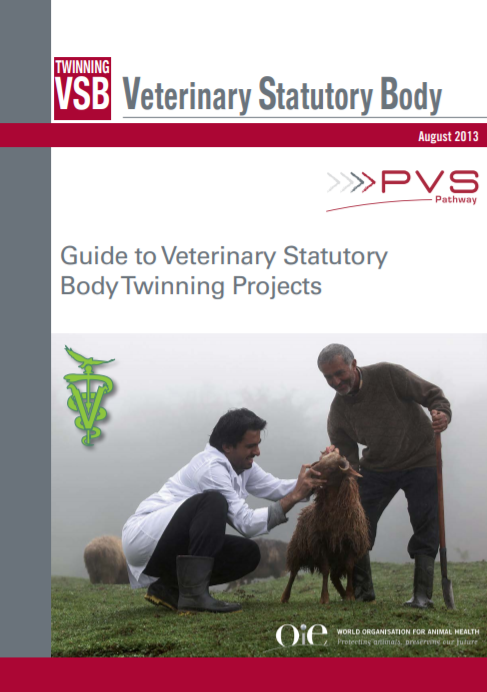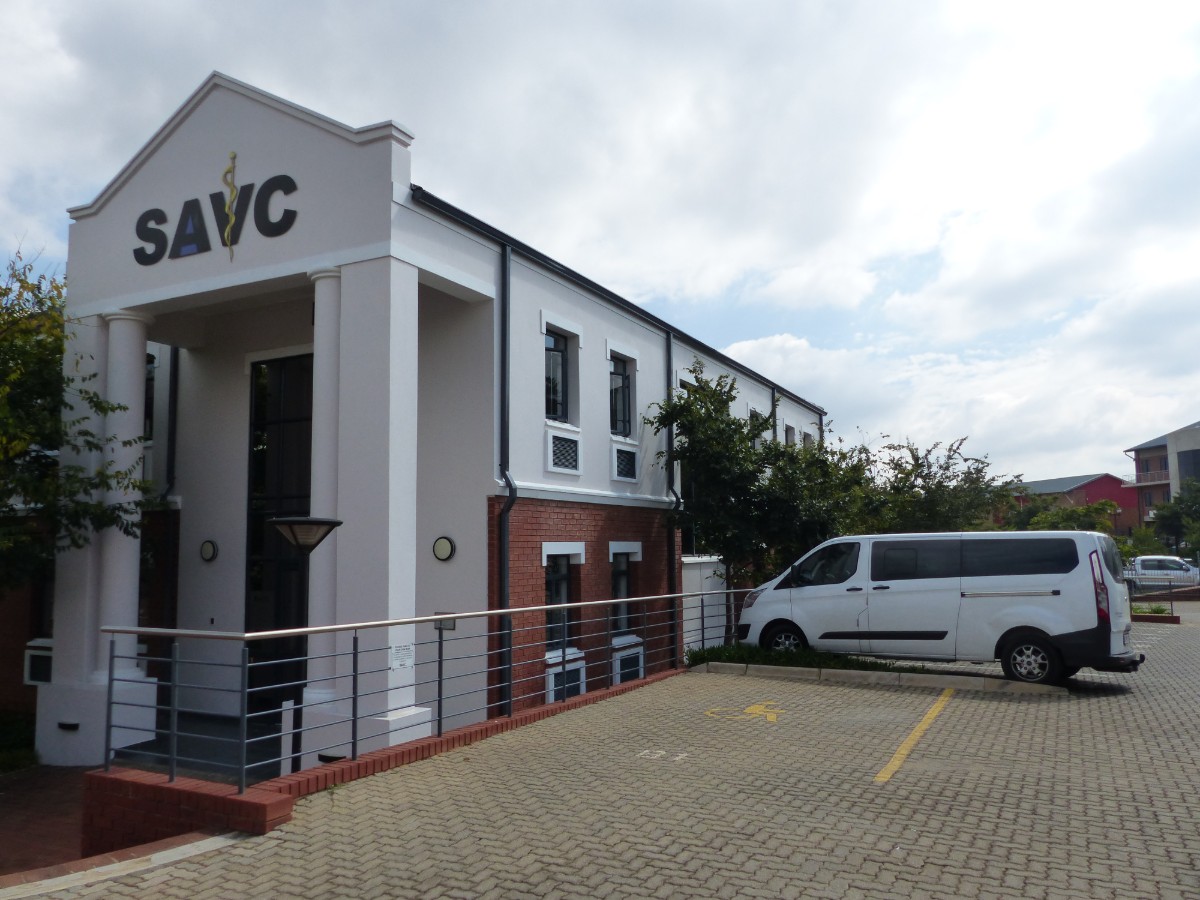
South Africa and Tanzania are amongst one hundred and eighty-two members of the OIE supporting the objectives of international cooperation in fighting animal diseases globally. During the past eighteen months [April 2018 to January 2020], the Veterinary Council Tanzania [VCT] and the South African Veterinary Council [SAVC] undertook an OIE funded Twinning Programme with the aim of improving the effectiveness of execution of regulatory tasks performed by the VCT and the SAVC.
Veterinary and veterinary para-professionals are responsible for control of animal diseases, safe food and improved animal health and production, contributing towards the objectives of the OIE. These professional responsibilities can only be executed in a well-organised [self-regulated] environment where minimum standards for training and practice are implemented by an independent body.
During the Twinning Programme conducted between VCT and SAVC, emphasis was placed on improving the capacity and resources of VSBs to enable them to improve national veterinary services in order to ensure that scientific information is generated, diseases are reported and controlled, animal and human health-, and food security and safety, are improved.
SAVC VSB South Africa Twinning VCT Tanzania
Dr Clive Marwick, Chairman of the South African Veterinary Council (left). Picture (c) P. Bastiaensen (oie) 2018.
The Twinning Programme included training on:
The achievements of the Twinning Programme include:
In conclusion, VCT and the SAVC agreed to continue assessment of the achievements on an annual basis for the next five years. The reason being that achievements need to be assessed as implemented over time.
Dr Bedan Masuruli, Registrar of the Veterinary Council of Tanzania. Picture (c) P. Bastiaensen (oie) 2018.



